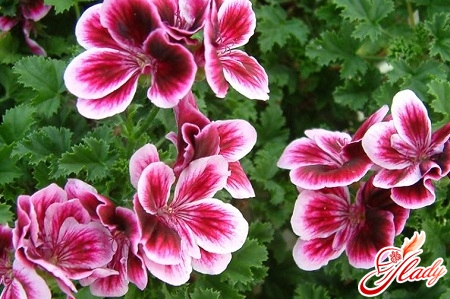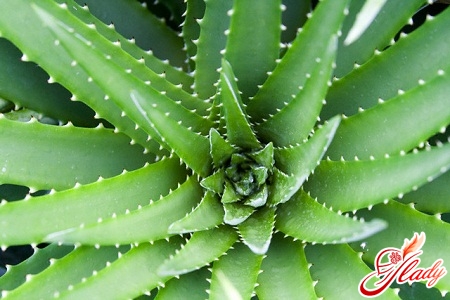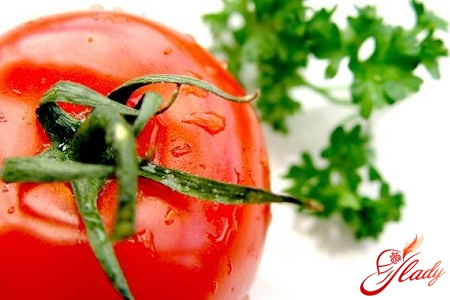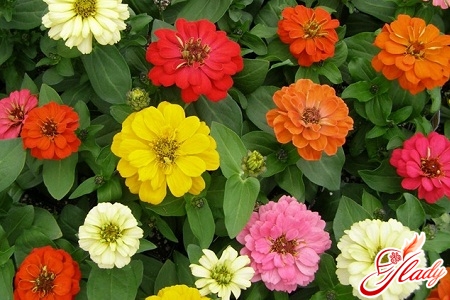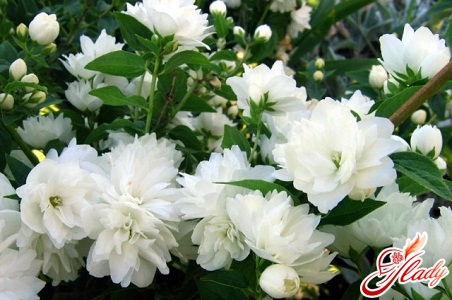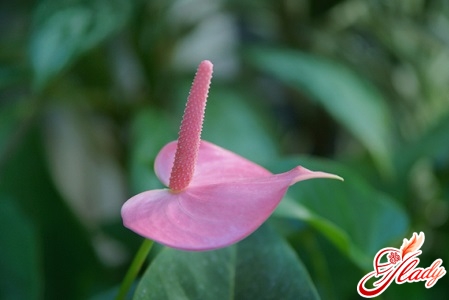 "Anthurium" literally translates as "tail" andflower. It got its name from the inflorescence located in the center and resembling a thick tail. It is believed that anthurium awakens creative and loving energy and is the patron flower of those born under the sign of Leo. Anthurium is a decorative leafy plant with many beautiful juicy-waxy flowers that feels great both indoors and in the garden. When working with anthurium, do not forget that the juice of its leaves, especially young ones, contains poisonous substances and can provoke intestinal upset, vomiting and contact dermatitis. For safety reasons, it is better to keep the flower away from small children and pets.
"Anthurium" literally translates as "tail" andflower. It got its name from the inflorescence located in the center and resembling a thick tail. It is believed that anthurium awakens creative and loving energy and is the patron flower of those born under the sign of Leo. Anthurium is a decorative leafy plant with many beautiful juicy-waxy flowers that feels great both indoors and in the garden. When working with anthurium, do not forget that the juice of its leaves, especially young ones, contains poisonous substances and can provoke intestinal upset, vomiting and contact dermatitis. For safety reasons, it is better to keep the flower away from small children and pets.
Care of the plant
Proper care will ensure the anthurium has a long lifeand a prosperous existence. Try to prevent direct sunlight from falling on the leaves and keep the temperature range from 18 to 25 degrees Celsius. Scattered partial shade in the east and northwest is the best option for keeping anthurium. The plant loves high humidity, so spray it at least twice a day. During active growth (spring and autumn), anthurium requires plenty of water. Stagnant water is unacceptable, as it can lead to excess moisture, which, in turn, will have a detrimental effect on the superficial root system of flowers. To prevent this from happening, the pot for anthurium should be shallow but wide, be sure to provide it with a sufficient drainage layer. Anthurium can also replenish its moisture supply from the air, using aerial roots. This is facilitated by wrapping them in sphagnum moss or other hygroscopic substances, which should also be periodically moistened by spraying.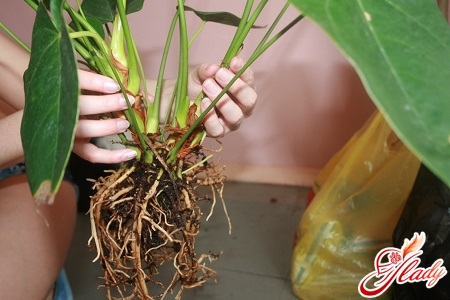
Anthurum Diseases
Anthurium is quite demanding in care. If the conditions of placement are not met, in particular, increased dryness of air, anthurium begins to be overcome by diseases:
- Anthracnose and Septoria - fungal infection
One type of fungus is the so-calleddowny mildew and rust, which locally or diffusely affects all plant organs above ground. The stems become shorter, the leaves smaller, and light-grey fungal spores are clearly visible on their backside. Severe damage and lack of timely and proper treatment can lead to complete drying of the leaves. Fusarium wilt of anthurium, also caused by a fungus, leads to one-sided curvature of its stems and gradual tissue death.
- Various pests
The most common species are thrips,scale insects, aphids and mites. The first signs that the plant needs treatment are discoloration of the leaves, their yellowing or brown spotting - in the middle or along the edges. There is a gray coating on the back of the leaves, the stems are shortened, the leaves are noticeably reduced in size - this is a reason to think and take measures to save your pet.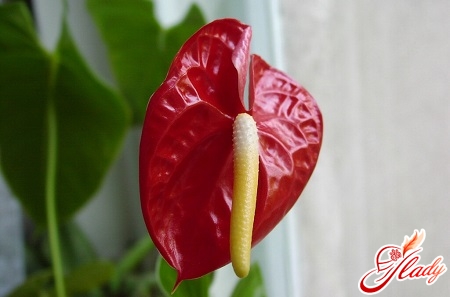
Treatment of Anthurum Diseases
In case of anthurium disease, treatment should bestart immediately. Place the flower in a shaded place, stop any fertilizing. Destroy all damaged leaves that are still alive, treat them with a two-percent solution of benlate or fundazole. An alternative solution would be a solution of topsin or zineb. The preparations should be diluted strictly according to the instructions. The next step to recovery should be washing the soil. If the location of the anthurium is not damp enough, it can be occupied by sucking pests. A solution of malathion or fosalone is effective in the fight against these parasites. To destroy ticks, it is better to use such agents as acrex and keltan. Scale insects are usually found on the back of the leaves and are afraid of organophosphorus compounds. Aphids do not tolerate a solution of tobacco or pyrethrum, to which derris can be added. If necessary, the treatment can be repeated several times until the foci of infection are completely destroyed. It happens that the plant does not bloom for a long time. In this case, it should be placed in a more illuminated place and fed, or, conversely, removed from a too sunny windowsill, away from burns. It is quite possible that after some time, the treatment will bear fruit, and the anthurium will delight you with abundant flowering. If you see that the pot has become too cramped, transplant the anthurium into a more suitable size. Sometimes, with excessive watering or stagnant water in the pan, root rot occurs. In this case, treatment should begin with removing the plant from the pot and removing the affected areas. Sprinkle the cut with crushed activated carbon or cinnamon - this will prevent the spread of putrefactive bacteria to healthy tissue. In no case do not water with chlorinated tap water. Water for irrigation should not be hard, the ideal option is rainwater. It should be remembered that it is easier to prevent the disease of a home anthurium than to treat it, so try to initially comply with all the necessary conditions for caring for your silent friend.




